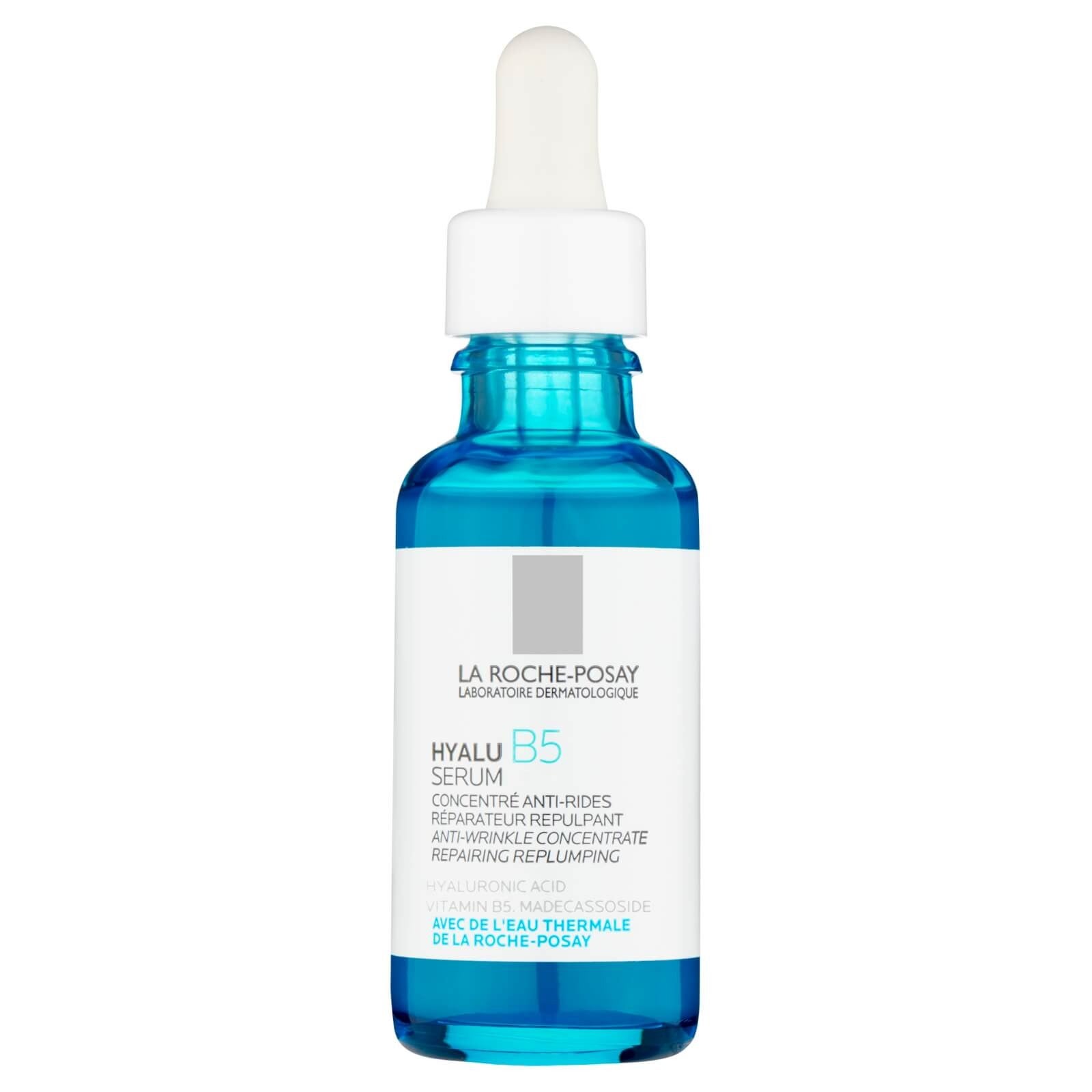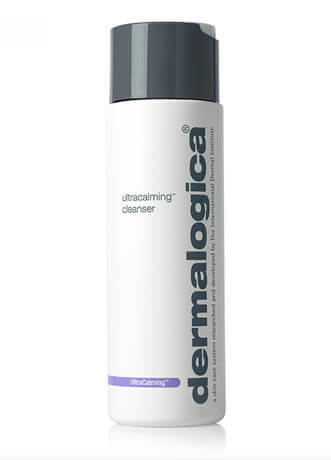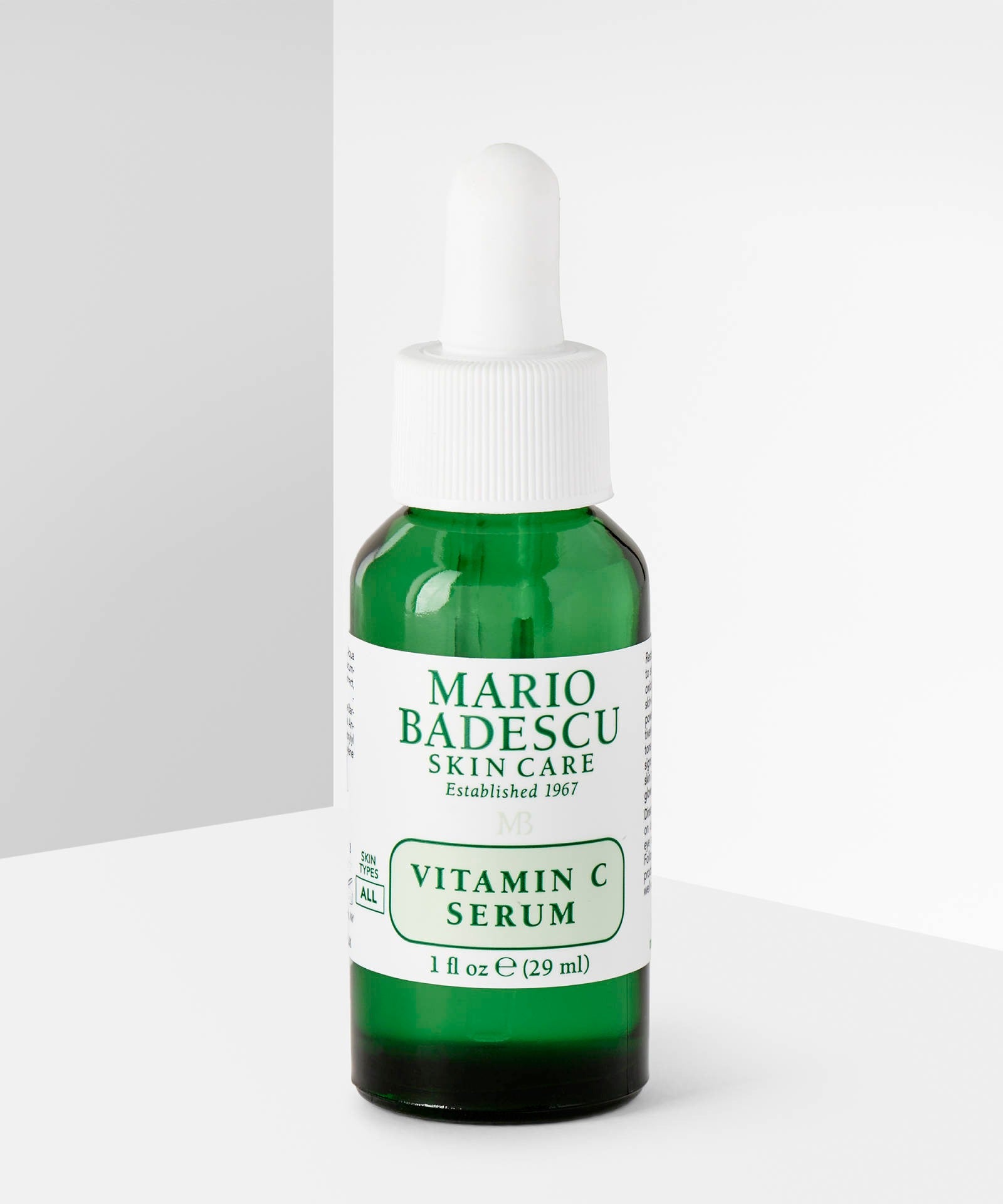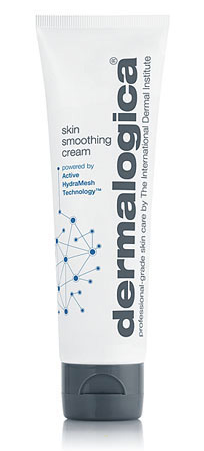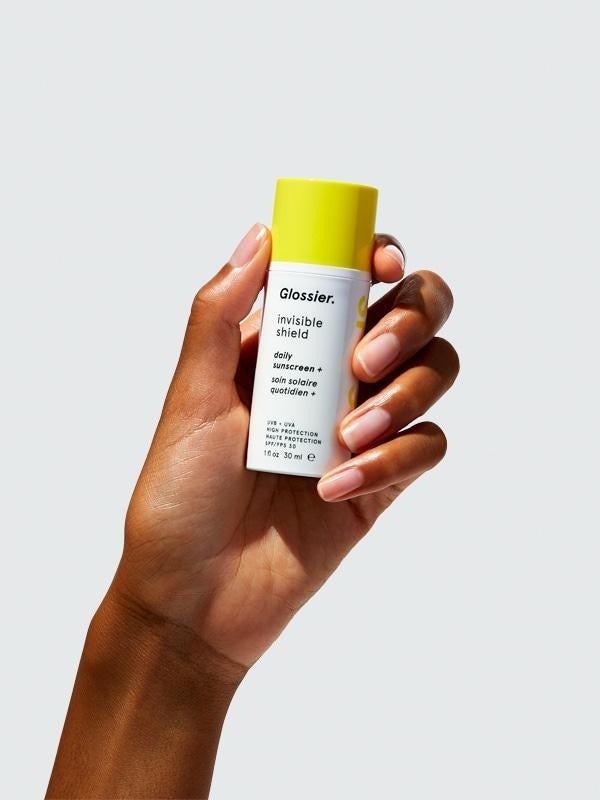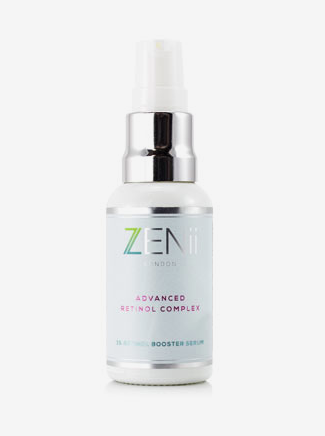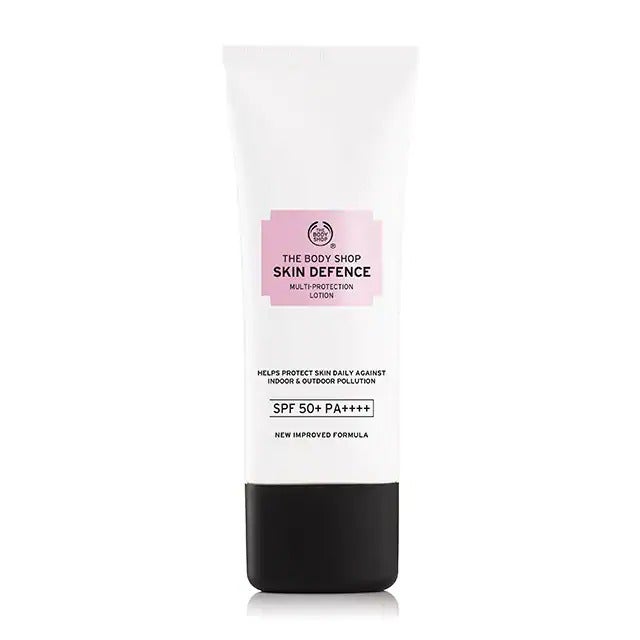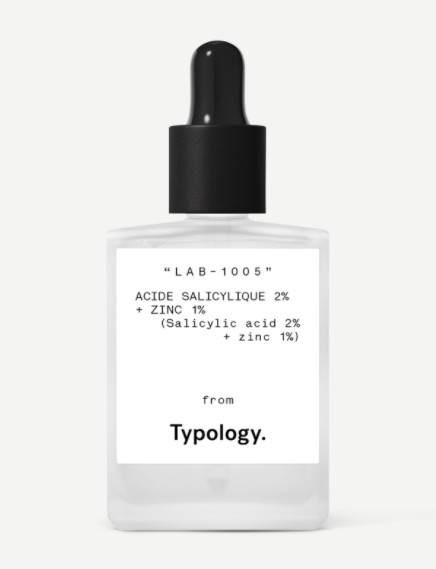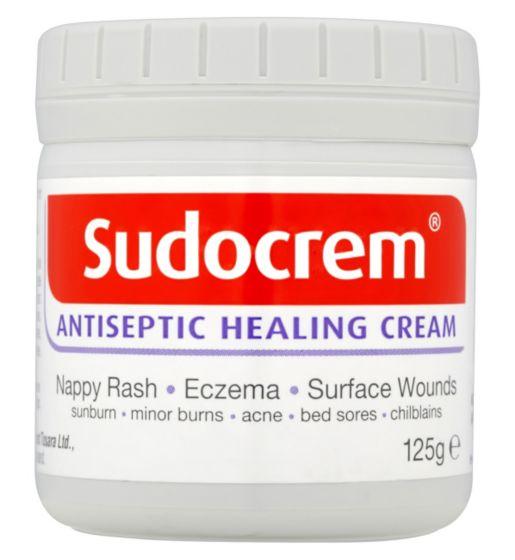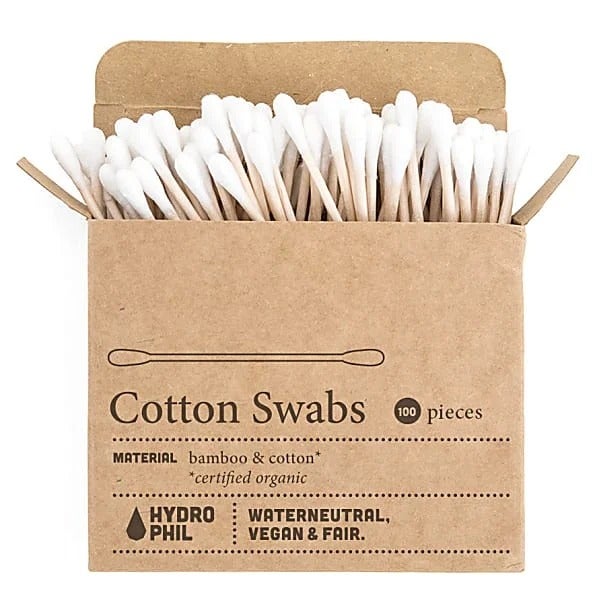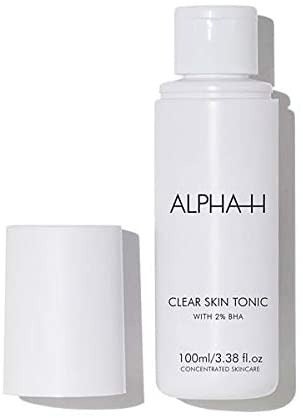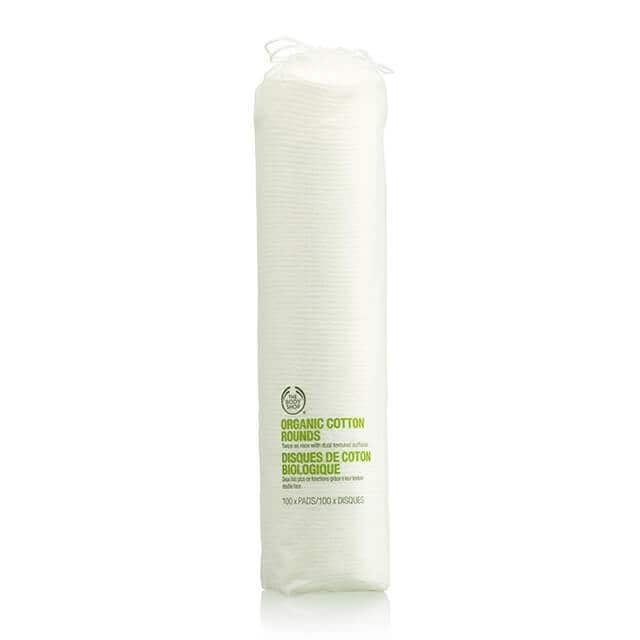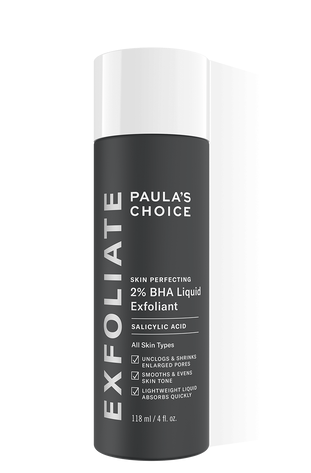Growing older, I'm starting to realise that things we thought were universal truths are actually mostly false. The one I'm particularly galled by right now is not that I would miraculously end up with a massive house and garden if I just worked hard enough, but that my hormonal skin would calm down.
I'm 32 and while we are taught to fear ageing, I see lines and wrinkles not as imperfections but rather punctuation marks left by a full life, well lived. I live in my skin and it reflects that. What I don't enjoy, though, is that I still seem to be experiencing the same hormonal breakouts I had as a teenager. Over the last 15 years or so I have tried pretty much every treatment going, apart from acne drug Roaccutane. I did once see a dermatologist who recommended it but I want it to be a last resort. One hormonal contraceptive pill, Dianette (often prescribed for hormonal acne) worked for me but doctors don't suggest taking it for very long, because there's a blood clot risk. I found that all the other contraceptive pills seriously affected my mental health so, right now, that's not an option for me.
AdvertisementADVERTISEMENT
I've been prescribed benzoyl peroxide gels which have worked for a while. I've spent thousands of pounds on facials, adapted my diet and "eaten the rainbow". I’ve consumed so much water that you could hear me sloshing as I walked before you saw me. I've bought silk pillowcases and changed them every day. In their own way, these treatments have worked for a while – until they haven't, and my skin fights back and takes on a spotty life of its own again.
But in lockdown and with lots of time at home, I think I may have finally cracked my skin's secret code. Did I consult a dermal clairvoyant over Zoom? No. I started tracking my menstrual cycle properly by using a period tracking app.
The link between hormones and acne-prone skin
This sounds so simple that I'm annoyed I hadn't thought to try it before now. Every month, your skin changes as the levels of oestrogen and progesterone shift in your body. I have oily skin and I do notice an increase in oil production towards the end of my cycle (around week three, just before I get my period). I only made this connection when I started charting it in my phone.
This all happens because of sebaceous glands, or oil glands. They produce and secrete the oily substance we see on our skin. Dr Anjali Mahto, consultant dermatologist and British Skin Foundation spokesperson, says that oily skin can make a person more prone to spots and blemishes, as the sebum produced by oil glands can mix with dead skin cells and other debris to plug pores and cause bacteria to thrive. This results in spots and breakouts.
AdvertisementADVERTISEMENT
Studies have found that we secrete the most sebum between the ages of 15 and 35. When I looked into this, I found one study of women with oily skin which concluded that increases in sebum production occurred during the week before a period and also the week during. Another study confirmed that the lowest sebum production occurred during the second week of the menstrual cycle. As I have a 24/5 day cycle every month, I decided to adapt my skincare routine accordingly to see whether it would make any difference to my hormonal skin. Here's how I got on.
Week One
This is when my skin is usually at its best. I generally have very few spots or potential spots, so if I'm going to experiment with new skincare, this is probably the best time to do it. The one mainstay is my cleanser, Dermalogica UltraCalming Cleanser, £35, a gentle cleansing cream I use both in the morning and evening. As my skin isn't very sensitive around this time, I use Mario Badescu Vitamin C Serum, £38, in the morning to help brighten, protect against pollution and fade skin staining left behind by acne. I also like La Roche-Posay Hyalu B5 Hyaluronic Acid Serum, £38, to make my skin look as juicy as possible. This is something I might avoid later on in my cycle if my skin is flaring up and I'm excessively oily. As and when my skin needs it, I'll apply a very light moisturiser, like Dermalogica Skin Smoothing Cream, £39.
AdvertisementADVERTISEMENT
In the evening, I look to the Zenii Advanced Retinol Complex, £75. I concentrate this serum to areas which aren't directly affected by spots, such as my nose and forehead, to avoid aggravating my skin. According to dermatologists, regular, nightly use of a retinol serum can help unclog skin prone to spots as it increases the rate at which we produce skin cells. It can also aid in fading superficial acne scars or hyperpigmentation. If you're using retinol or skincare acids, be sure to apply SPF during the day, as they can make skin sensitive to sunlight. Try something lightweight, like Glossier Invisible Shield, £20, or The Body Shop Skin Defence Multi-Protection Lotion SPF 50+ PA++++, £22.
Week Two
Like clockwork, my skin flares up towards the end of week two (the week before my period) so I treat it accordingly. I've found that pre-emptive morning and evening salicylic acid application along my jawline and chin (my main problem areas) in weeks two and three seems to stop spots forming. The product in question is Typology 2% Salicylic Acid + 1% Zinc, £19.80. A BHA (beta hydroxy acid), salicylic acid is gentle but exfoliates deep inside the pore to break up the paste-like mixture of oil, dead skin cells and dirt before it can form a spot. It's anti-inflammatory, too, so helps bring down redness.
AdvertisementADVERTISEMENT
I've also gone back to basics and ditched my roster of ludicrously expensive night creams for a dab of Sudocrem in the evening. Yes, you read that right. It's an antiseptic cream which is recommended for eczema, nappy rash, minor burns and acne. For £2.99 a tub, I wish I had discovered it sooner, because it's the only thing that seems to calm down my spots and reduce redness.
Week Three
This is usually the week just before I get my period. I'll follow everything as above but if my skin is particularly congested, I'll up the salicylic acid along my jawline because that's where most of my breakouts are concentrated. As it's gentle, you can use it in the morning (after cleansing and before moisturiser) and in the evening post-cleanse. As well as serums, dermatologists extol the virtues of leave-on salicylic acid toners. Try Paula's Choice Skin Perfecting 2% BHA Liquid Exfoliant, £28, or Alpha-H Clear Skin Tonic with 2% BHA, £29.75. Both contain 2% salicylic acid, which is very effective for acne-prone skin.
Of course, what works for me might not work for you, but if I've learned anything about my hormonal breakouts, it's that getting them under control takes trial and error. I've been following this new, simplified regime for around two and a half months now and as I've seen such a difference, I'm completely committed. As a former product junkie, I've learned that less is more.
For more information on how to speak to your GP about skin conditions such as acne or potential referral to a dermatologist, click here. Online, websites such as Acne Support and British Skin Foundation also offer impartial acne advice for everyone.
AdvertisementADVERTISEMENT







